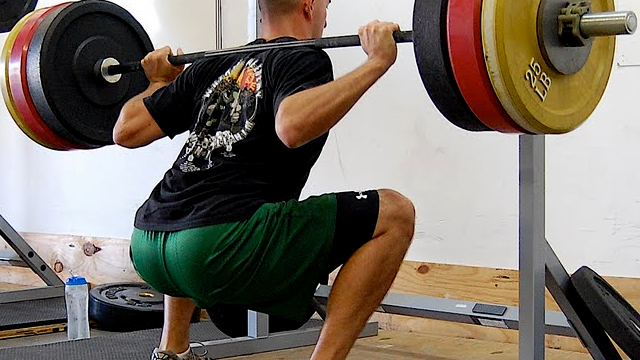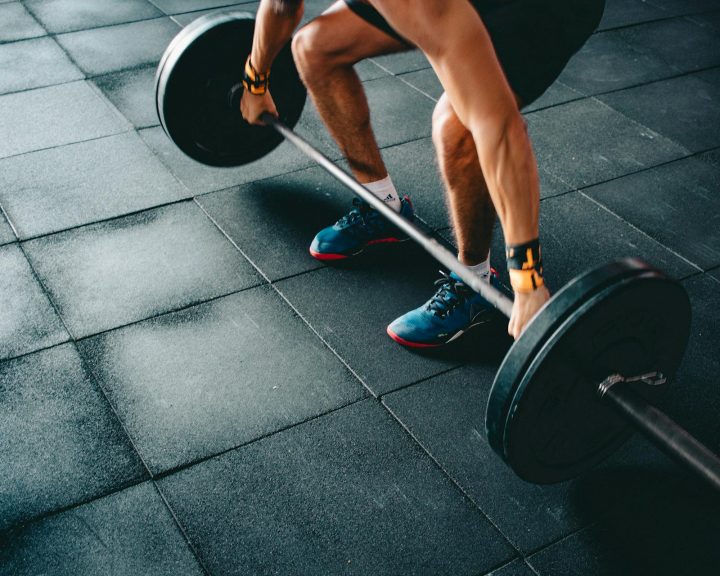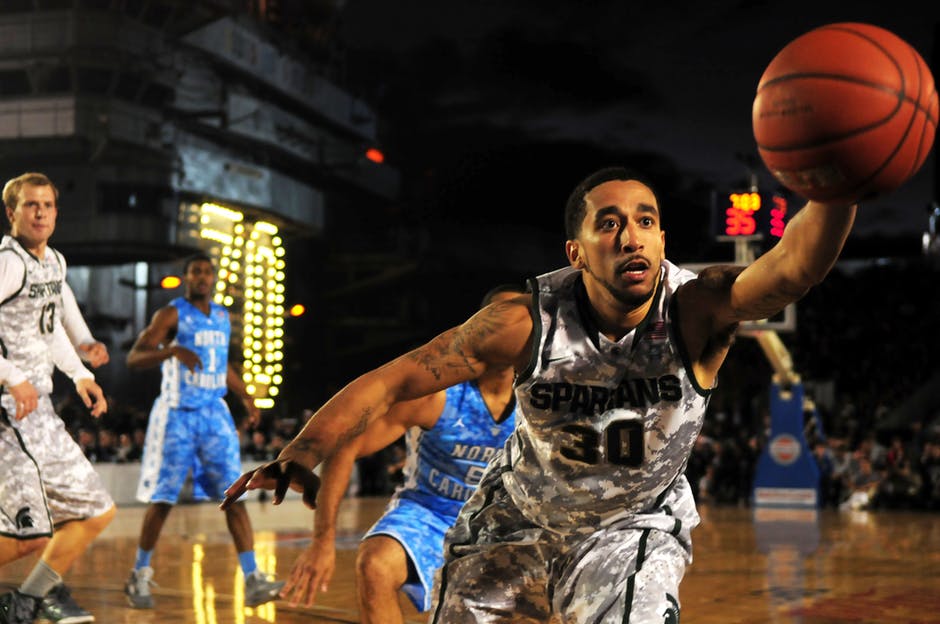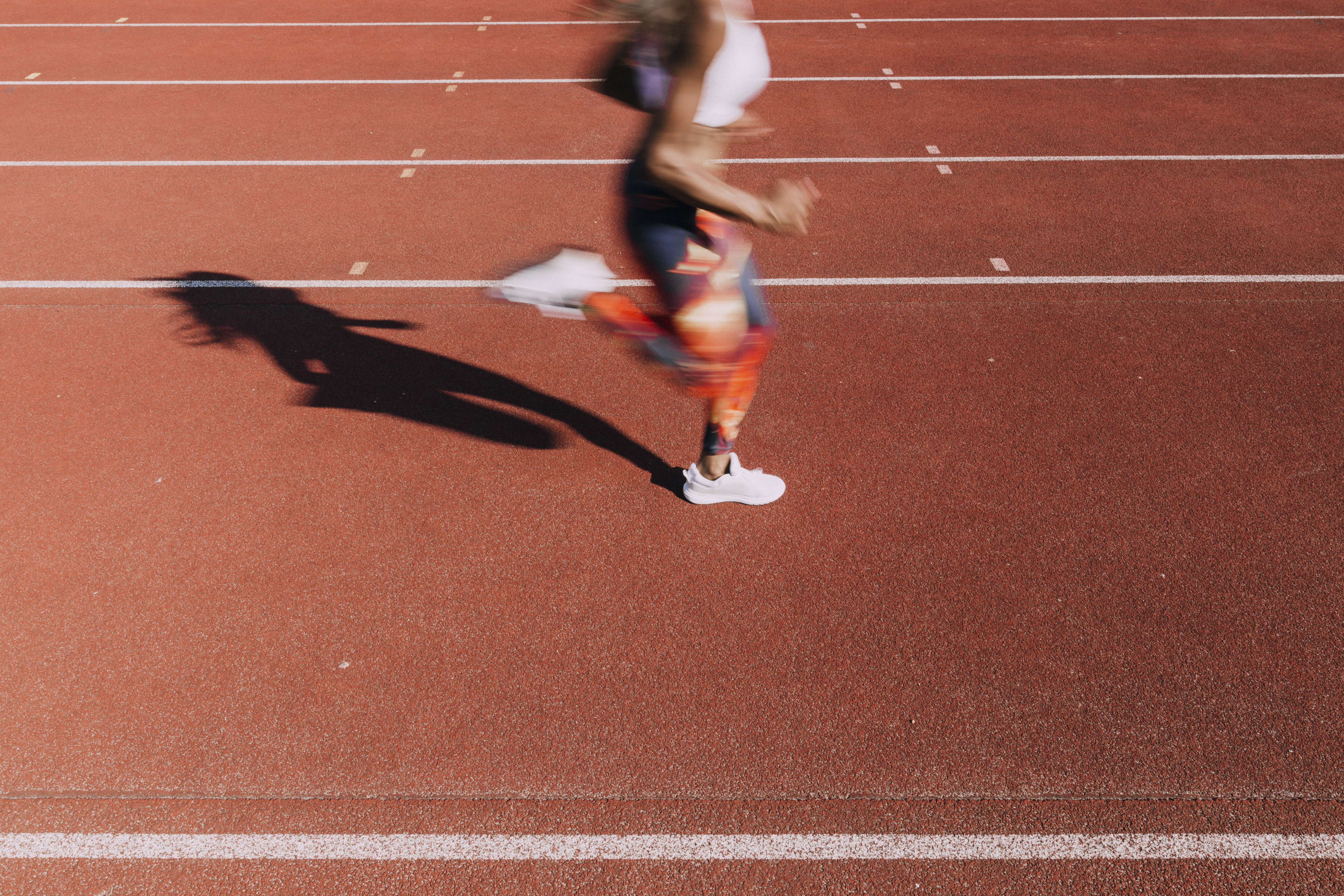I posted something on X/Twitter about the importance of strength for sports. For me, strength is critical for athletes. Strength provides the foundation for speed, for explosiveness, for being able to perform a great many sports skills well, and for injury prevention. In some sports, like American football, it’s important because the sport is a contact sport.
Having said that, there are diminishing returns for strength. After a certain point, athletes begin to get closer to their genetic potential in terms of strength. When we reach that point, the gains slow down dramatically. We have to do more, train harder, and be much more purposeful about gaining even a few pounds on our lifts. As we do that, we also have to take greater and greater risks to make those gains.
The closer we are to our genetic potential in terms of strength, the harder we have to train to make even minimal gains. This means there is increased risk of injury from that training. This is a problem because if we hurt the athlete in the weight room then they are not able to perform on the field or on the court. Keep in perspective that strength and conditioning for sports is about improving sports performance and preventing injuries, not to build the best lifters possible.
Now, most athletes aren’t going to reach this point. But, how do we know when we have enough strength? And once we have enough strength, what do we do then?
Let me begin this by saying that I believe the weight room is a terrible place for sport specificity. The weight room develops the athlete’s physical foundation, but it’s meant to be a general tool. In other words, the physical abilities that are developed in the weight room have to be applied to the sport in a different venue.
I have some really general guidelines that I look for from athletes in many sports, with the exception of contact sports like American football:
| Males | Females | |
| Back Squats | 200% | 150% |
| Front Squats | 150% | 100% |
| Deadlifts/RDLs | Equal to back squat | Equal to back squat |
| Power Cleans | 100% | 75% |
| Power Snatches | 85% | 65% |
| Bench Press | 100% | 75% |
| Dips | 20 | 10 |
| Pull Ups | 10 | 5 |
Table: Sample strength guidelines, in terms of bodyweight. Dips and pull ups are number of repetitions.
Now, all lifts may not be relevant to all situations. For example, not everyone is going to perform power snatches or even power cleans in training. Not all athletes bench press. For me, dips and pull ups tell me that an athlete can control his or her bodyweight but this may not be relevant for everyone.
In addition, I want athletes that can land properly and that understand how to sprint. So the above, plus landing and sprinting, make a general physical foundation. If you build a strength and conditioning program around these concepts then you will have an extremely solid, well-balanced program.
Once an athlete can reach those strength levels above, the question comes up on whether it is worth spending time to get past those levels. At this point, the focus has to be on application of strength. This is where we begin to do several things:
- Develop a tree of strength training exercises that develop the same movement qualities and rotate through them
- Focus on plyometrics and throws to help teach strength application
- Incorporate bounding and resisted sprints into speed work
- Sport-specific agility training
An exercise tree looks something like this:
Back squats focus on squatting and standing back up again. Other exercises that train the same motion include back squats with a pause, back squats with an exaggerated eccentric phase, back squats with chains or bands, split squats, overhead squats, etc. An experienced athlete with their strength foundation established could rotate through a new exercise every 4-8 weeks and still train the same motions and muscle groups. This allows the muscles, joints, and movements to be developed across multiple exercises but also provides variety and teaches the athlete to become strong in different variations, which helps him or her with applicability of the strength.
Plyometrics and throws help to teach the application of strength. It teaches the athlete to focus their effort on one moment and to generate that force as quickly as possible, which is an extremely important skill in sports. But there is no sense in overdoing it before that strength is present. Some of the classic plyometric books recommended squatting 1.5 to 2 times bodyweight before even starting plyometrics!
Bounding and resisted sprints help to reinforce applying force in a horizontal direction (so do a number of plyos and throws, but I already hit those above). This is important for most athletes and for many sport skills like throwing and kicking.
Finally, agility training is where we can get really sport-specific. We can throw in situations, implements, the ball, opponents, small sided games, etc. and really teach application.
A final thought on this topic. It’s important to stress application both in the weight room and during the sport’s coaching. For example, we don’t just hit a baseball with our arms – we want to use our legs to hit that ball forcefully. A baseball player needs to hear this during batting practice and also when doing squats in the weight room.
Revised August 21, 2024





2 thoughts on “How Much Strength Do We Need For Sports?”
What back squat dept are you referring to when you list a goal of squatting twice one’s body weight for males? Are you referring to Full Olympic squats or parallel?
Parallel.
Comments are closed.